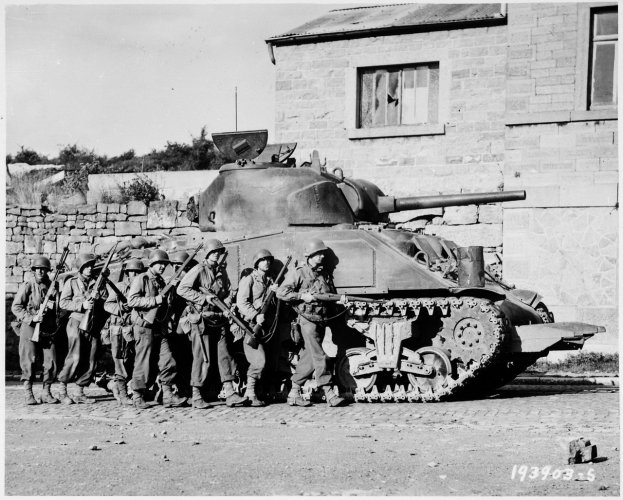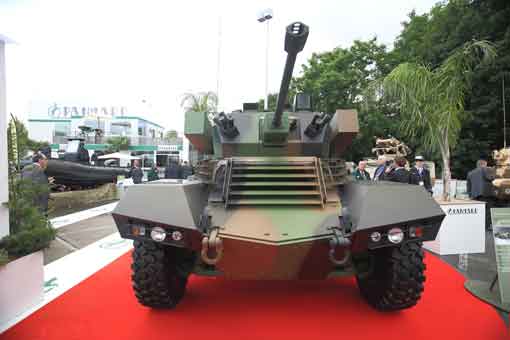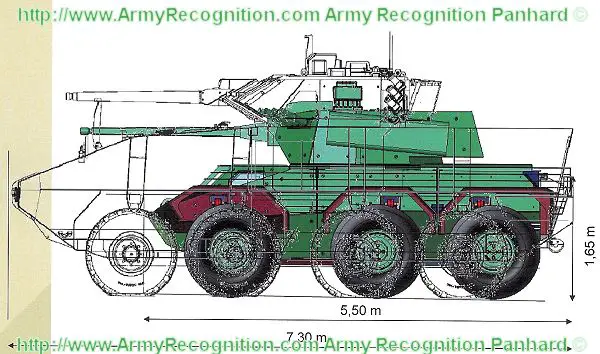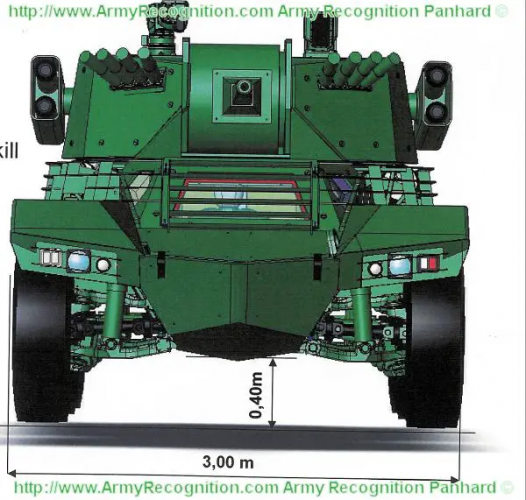Active protection systems that can intercept missiles that are of more sturdy construction and far faster than kamikaze drones
Which aren't in inventory, and won't be in inventory, since DA is moving forward with Trophy and Iron Fist. Check back in 25 years when they decide they need a new APS after losing 5,000 tanks and IFVs to FPV drones or Javelins or whatever. But hey, they'll be safe from Kornets and RPG-29s. At least until someone fires a third round, since most APS are only really good for about two shots before they're disabled, but I'm glad missiles are really hard to make...
...what do you mean the only defense firms consistently getting massive contracts over the past 10 years have been for ammunition?
After the dissolution of the USSR nobody in the western world bothered seriously investing in the development and procurement of new short-range air defense systems, that is finally changing based on these new threats.
Except it hasn't, and the U.S. Army just killed one of their most important air defense platforms for drone defense, obviously.
A missile that barely exists in inventory isn't going to stop a $500 racing drone with a free ICM bomblet or PG-7VL for a nose. A 25mm PABM round for the Bradley would be nice, but that's too sensible. There's no more JLTVs, so say goodbye to 30mm PABM and M230LF, which would have provided SHORAD to mechanized troops if they had stayed in production.
Main battle tanks may be relatively rare, but irreplaceable?
The Abrams hull line was shut down in 1995 and would require about 36 months to restart, assuming the hull production machinery is still in good condition, and the only bottleneck is ballistic welder training. This was discussed by BAE/United Defense back in 2018 as a way to scale orders in response to Crimea and the solution was to cancel DA orders and use those to fill Polish orders instead.
Anyway, by that time the war will be over, so it's a moot point.
"Lightly motorized assault" units sound like a good combination for many failures with horrendous losses of manpower.
Welcome to war, enjoy your stay.
These days men who are able and willing to fight and competent officers to lead them aren't exactly "disposable" either, if they ever were in the context of history. Trying to wage a war like it's the fighting along the Somme in 1916 but with drones would simply be unacceptable to the general population.
Hey, what has Ukraine been most commonly compared to?
Well, the Somme it isn't, besides there being trenches and misery the similarities end, but that's just war. It's more similar to the projected Pentomic battlefield but with hollow charge anti-armor missiles instead of nuclear bombs. If that's the narrative, then America should leave Asia while it still has that choice, because otherwise it's picking a fight it ostensibly doesn't want to win.
Warfare for cunts. Let the lessers fight this way. We’ll bring back movement.
The Russians were saying this as they drove their parade BMDs into Kyiv and Rosguard's riot police led the way.
Thankfully the U.S. Army is quite big, and when the losses of armored forces mount, it will be able to revert rapidly to a sensible force of light motorized infantry backed by heavy armor reserves and small packets of task organized fire support vehicles of M1s or M2s. Ukraine is showing us that even this sort of mechanization isn't a panacea, but it works, unlike the 2014-2022 dynamic of "sending T-72/BMP battalions to their burning deaths with nothing to show for it".
Depending on where the U.S. Army fights in the future, if it's in Mexico, Iran, or the PRC, will shape what sort of losses it'll take. It can probably beat the cartels for a while, maybe smush Iran at least partially, but the PLA would be a hard nut and require several years of tough fighting. MPF wasn't made for that kind of fighting. It isn't actually clear what MPF was made for except to check off incoherent boxes of threshold requirements. AMPV will still have a hot line, at least for a while, but give it another twelve to eighteen months and it will be just as toasted as the M1 after the -A2s finished production.
I suspect we'll end up with a war in the latter half of 2027, maybe push it out to 2030 if there's another global recession, and all those factories we have now just won't be able to do anything due to the current administration's budget cuts. By the time they're fully staffed, and able to make weapons responsively again, we'll be signing the peace treaty. I'm sure GDLS and BAE know this, too.
AM General is smart and continuing apace production of HMMWV and JLTV -A2 until further clarification.
Right now the ball is in Chevy's court and they'll probably start ramping up ISV production for the IBCTs to transition. DOD has paid a ton of attention to how the Russians are fighting, and winning, in Ukraine. They're attacking in fireteam size units against mechanized infantry squad DFPs/trenches and being supported in their attacks by battalion level fire support groups. This is a shift from the last year's (or year before) assault detachments, but not a huge one.
IBCTs replicating this type of "ultra light motorized" formation could see a lot of success in the reconnaissance-fires complex saturated battlefield, but we're probably getting to the point where individual soldiers "attacking" might be noticed at operational-tactical levels anyway, and destroyed by artillery. Eventually, we may see a reversion to marching to objectives several kilometers or miles away, but in multispectral battledress, and stopping every so often to avoid the electric gaze of ground search radar. That's a few decades out still, I think.
Point is that mechanized armor like Bradleys and Abrams are too high profile and easily detected by even third rate armies like Russia. They're still necessary to have but not as an assault force, they're simply too vulnerable at the moment, and it isn't clear if there's any real path forward where they won't be. If there is, it's very far in the future, considering the M1s are just now getting anti-missile systems which existed in the 1990s.
Anyway ask me after the 4th when Hegseth kills M1301, AMPV (for good this time), NGH, XM30, M230LF, FLRAA, and divests the GMVs.
Real leader's army: You only get where you need to go by RUNNING FAST hooah.







